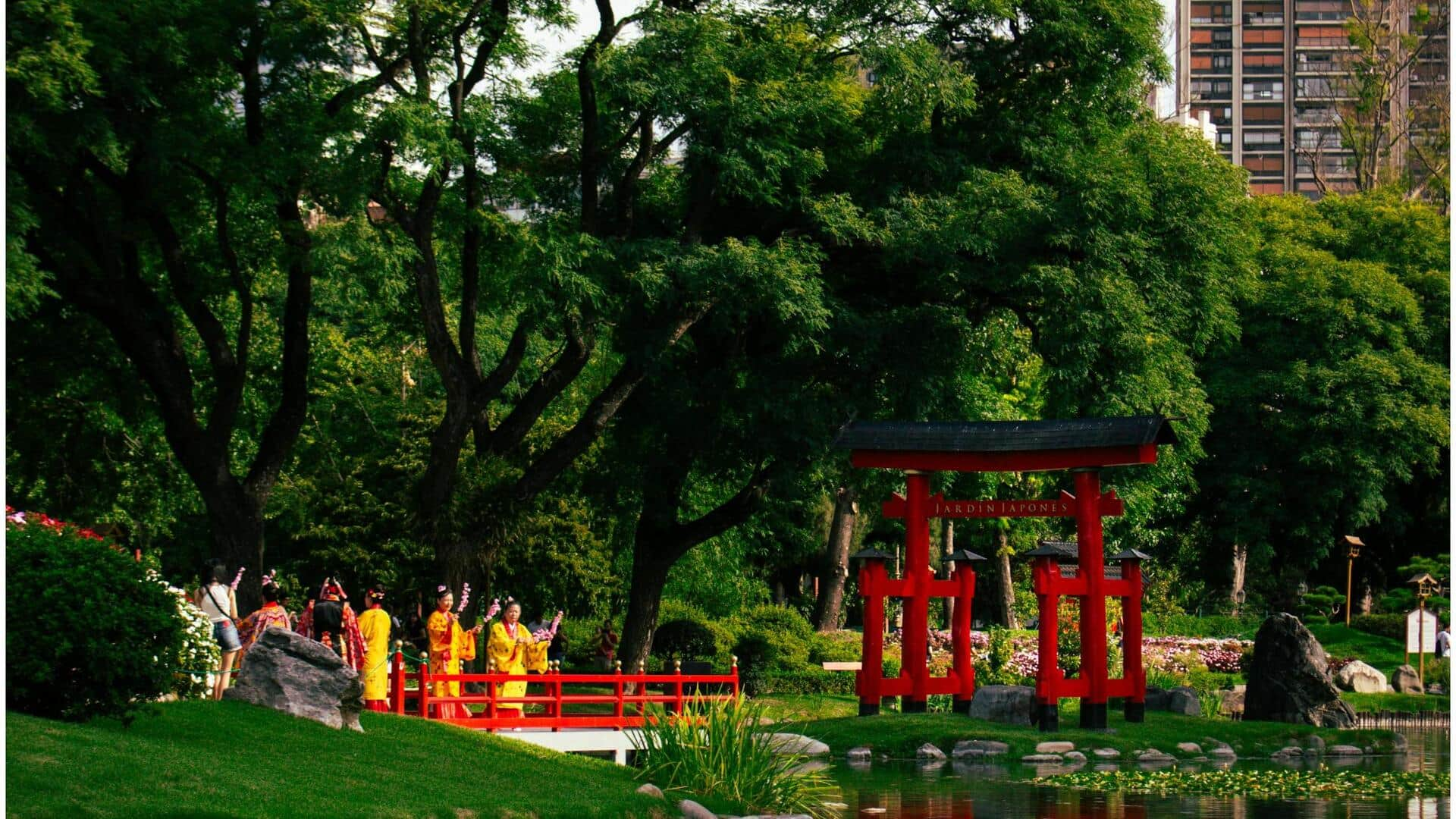
What makes Japanese gardens so peaceful?
What's the story
Japanese gardens are famous for their calm and beauty, but they also have some unique design principles that make them different. These principles are based on the philosophy of harmony with nature and simplicity. Knowing these principles can help you appreciate the art of Japanese garden design more. Here are five key principles that define the essence of these tranquil spaces.
Tip 1
Simplicity and minimalism
One of the key principles of Japanese garden design is simplicity and minimalism. The idea is to use as few elements as possible to create a balanced and harmonious space. This principle encourages the use of natural materials like stones, gravel, and plants without any unnecessary decoration. The focus is on creating an uncluttered space that promotes relaxation and contemplation.
Tip 2
Asymmetry in design
Unlike Western gardens that often emphasize symmetry, Japanese gardens embrace asymmetry as a key design element. This principle reflects natural landscapes where perfect symmetry is rare. By arranging elements unevenly, designers create more dynamic compositions that draw the eye and invite exploration. Asymmetry adds visual interest while maintaining a sense of balance.
Tip 3
Use of natural materials
Japanese garden design relies heavily on natural materials such as stone, wood, sand, and water. These materials are chosen for their texture, color, and ability to blend seamlessly into the environment. The use of natural elements not only enhances the garden's aesthetic appeal but also reinforces its connection to nature.
Tip 4
Seasonal changes
Embracing seasonal changes is a key aspect of Japanese gardens. Designers select plants that bloom or change color at different times throughout the year, ensuring the garden remains vibrant across seasons. This principle highlights nature's cycles while offering visitors varying experiences with each visit.
Tip 5
Symbolism in elements
Every element in a Japanese garden has a symbolic meaning, which adds to its depth and character. For instance, rocks may symbolize mountains or islands, while water signifies purity or tranquility. Knowing these symbols gives visitors a deeper understanding of what each part of the garden represents within its larger context.